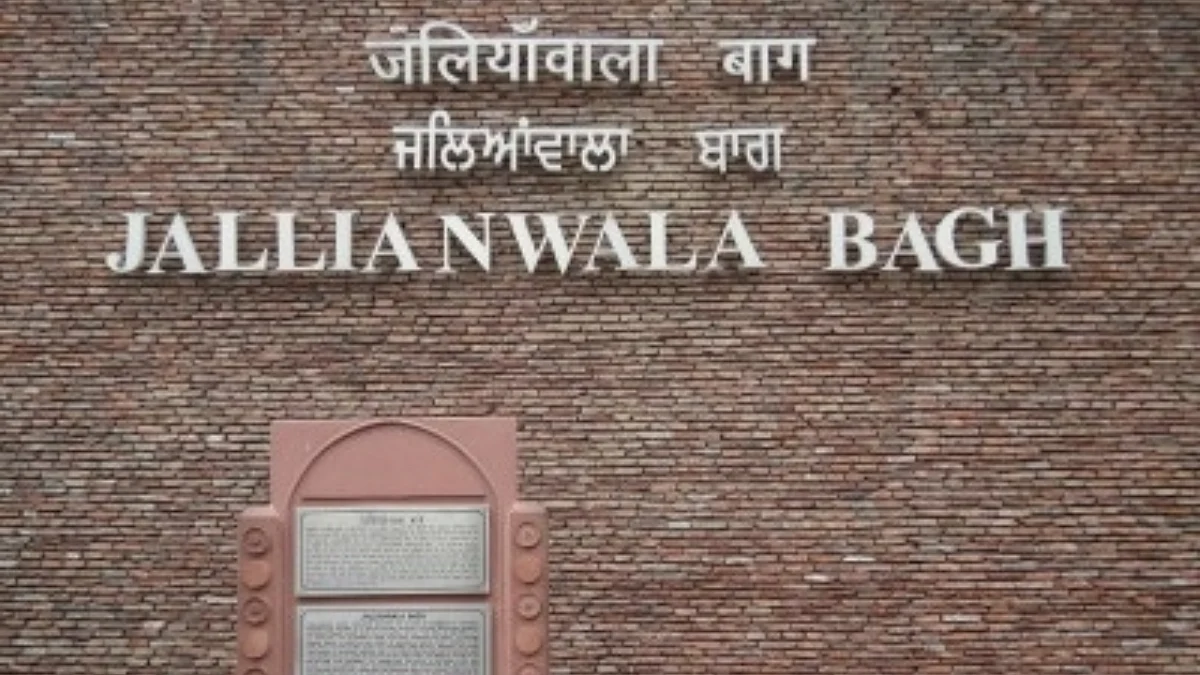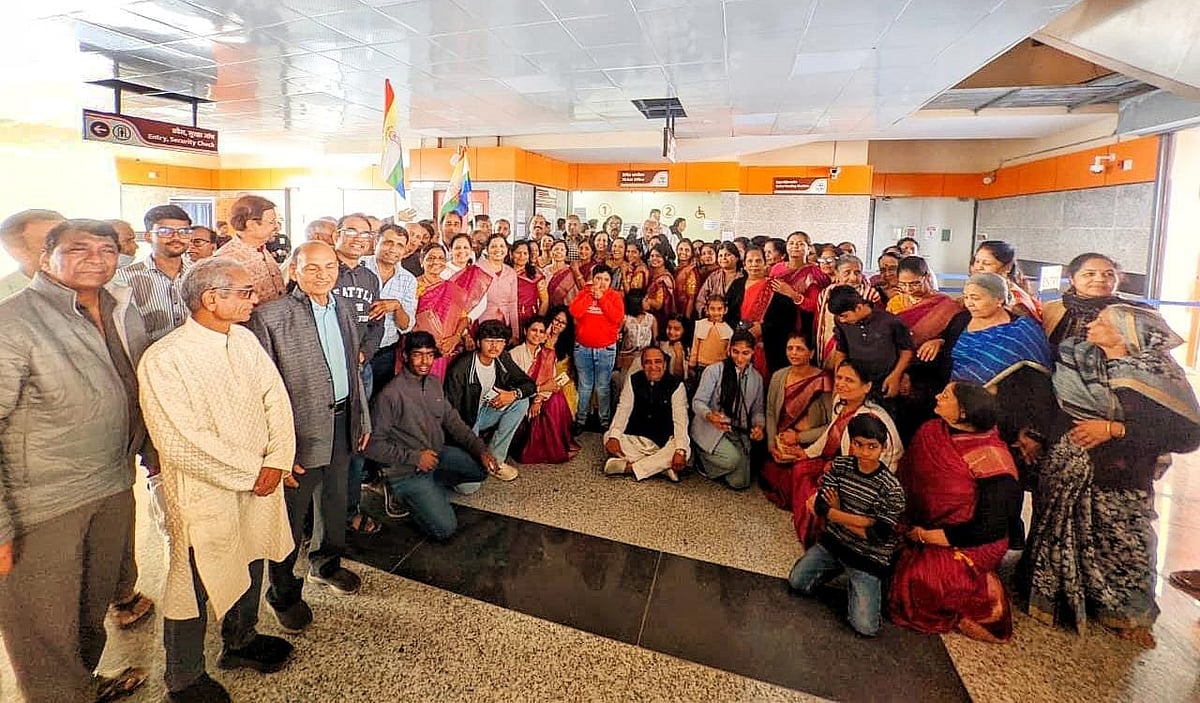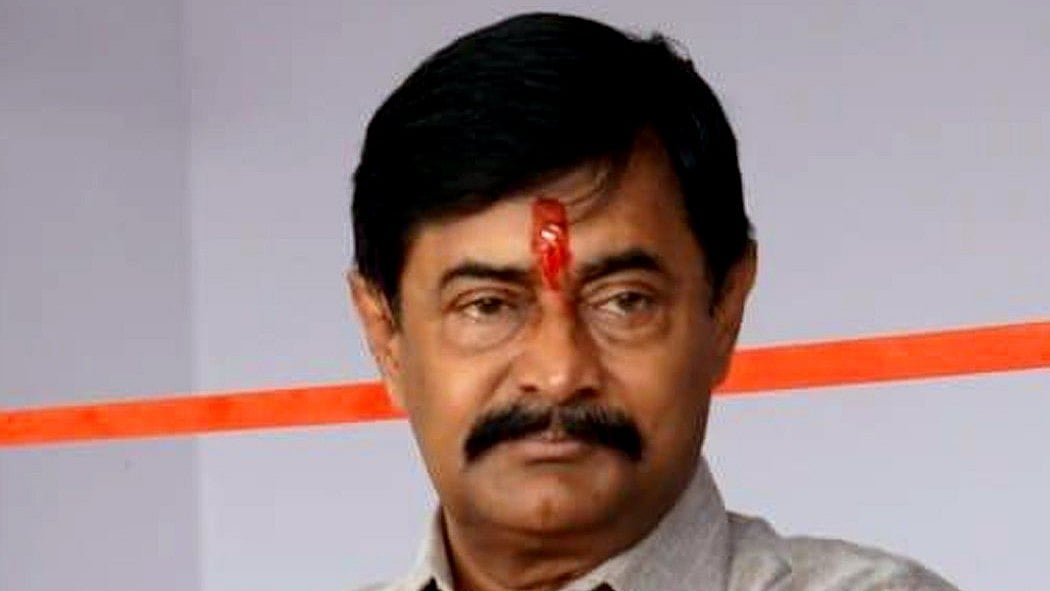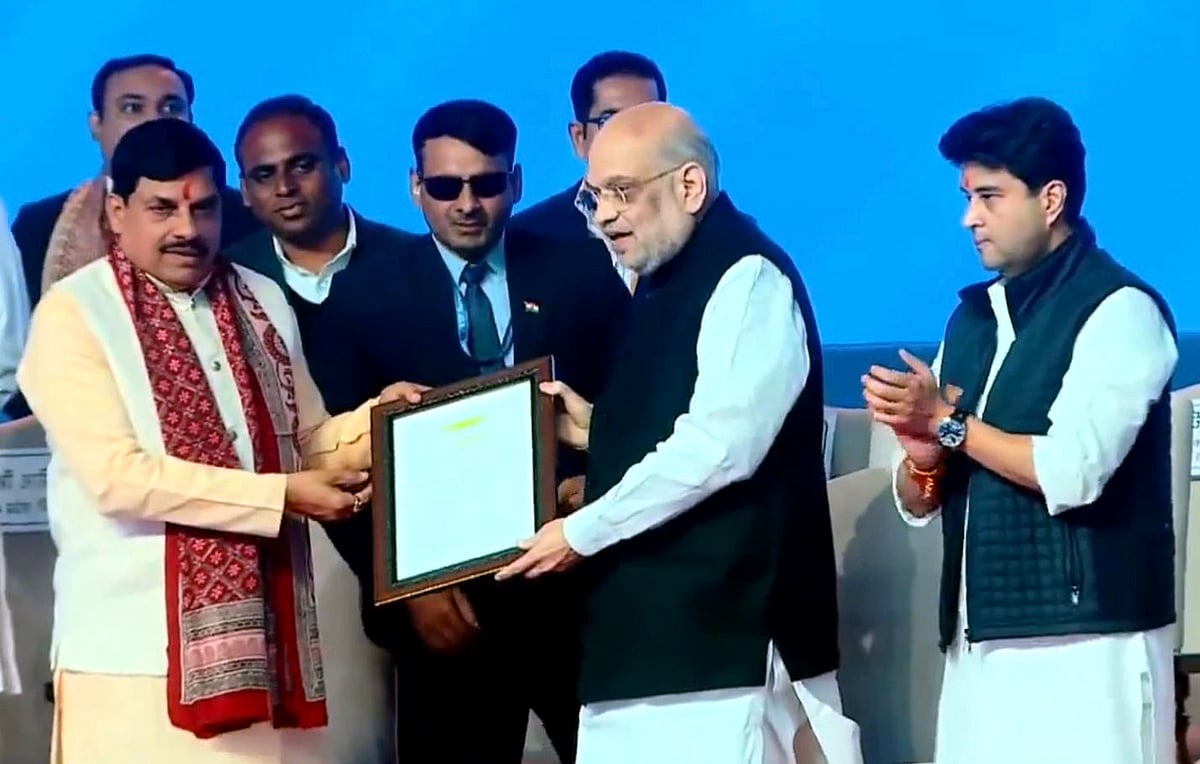Bhopal (Madhya Pradesh): Jallianwala Bagh happened in 1919 claiming 379 lives. But a bloodbath took place in Sehore where 356 patriots were massacred for rising against the Union Jack. However, it didn’t get the place in history it deserved.
The rebellion against British Raj led by Risaldar Wali Shah and Havildar Mahaveer Singh in January 1858 paved way for India’s independence struggle. They are unsung heroes who led India’s first secular government under the name of Sipahi Bahadur. And historians especially from Madhya Pradesh have failed them.
Hundreds were killed in Jallianwala Bagh massacre of 1919 where the cruelty of British general R Dyre reigned supreme, killing 379 unarmed civilians. The place now is a memorial of national importance. But we for sure forgot that a similar or even bigger massacre was led by General Hugh Rose in Sehore in Madhya Pradesh 163 years back after rebels stood up against the colonial army.
Led by Risaldar Wali Shah, the soldiers captured Sehore town and brought down the Union Jack. Others who led the attack included Koth Havaldar Mahavir, Arif Shah, Ramju Lal. The British political agent’s offices were taken over. For almost five months, it was Sipahi Bahadur that ran the administration instead of Company Bahadur. Two separate courts were set up in Sehore.
Two flags - Nishan-e-Mohammadi and Nishan-e-Mahaviri were hoisted. Risaldar Wali Shah represented Nishan-e-Mohammadi while Havildar Mahaveer Kotha represented Sipahi Bahadur government. In its five months of existence, it provided one of the first instances of a parallel secular Indian government within British Raj. The two symbols were raised together to symbolise Hindu- Muslim unity.
Hugh Rose, Baron Strathnairn had personally commanded sepoy mutineers to be shackled to mouths of cannons before the weapons were fired. Hundreds were ranged in one long line and shot dead. Imperial army led by General Hugh Rose and Robert Hamilton executed sepoys of Bhopal contingent and patriots in a haste without a fair trial as Rose was determined to lay siege and defeat Queen of Jhansi.
General Hugh Rose led a combined force of British military and Bhopal princely state to rout Sipahi Bahadur. The movement was crushed brutally with killing of 356 soldiers on January 14, 1858. They were shot en masse in Sehore. It was the highest number of soldiers executed during Revolt of 1857 in Madhya Pradesh.
Jallianwala Bagh went on to become a national and international memory of imperial atrocities. But a grimmer incident of ruthlessness and merciless killing of Indian patriots of Sehore was left to be forgotten in history










